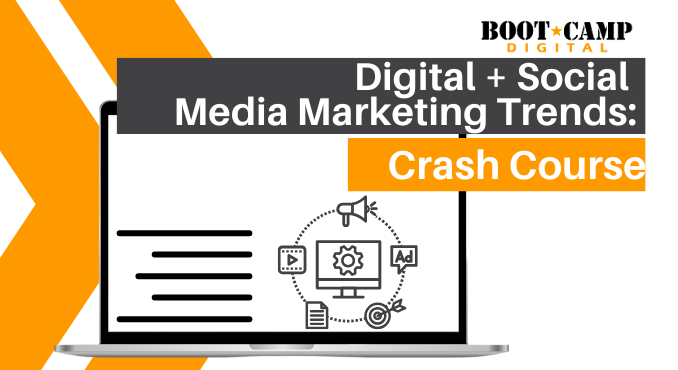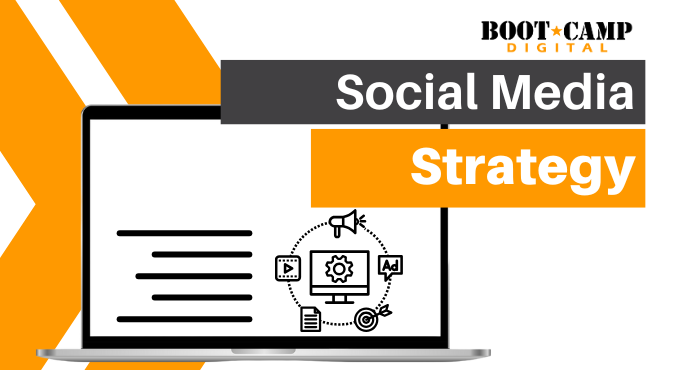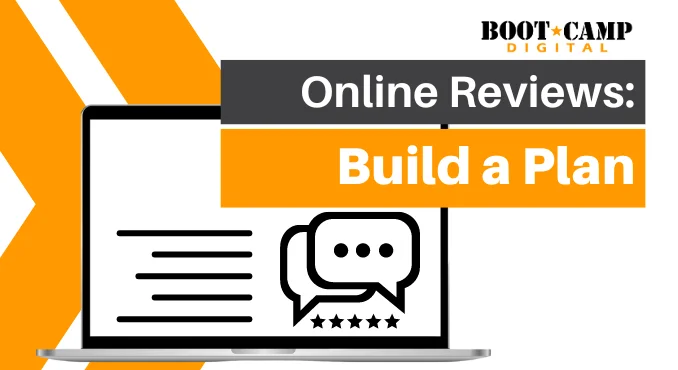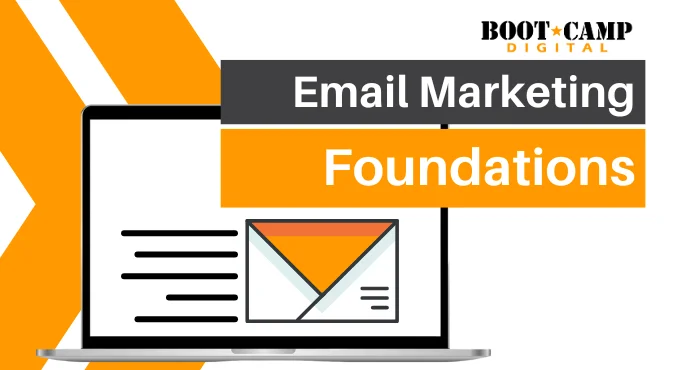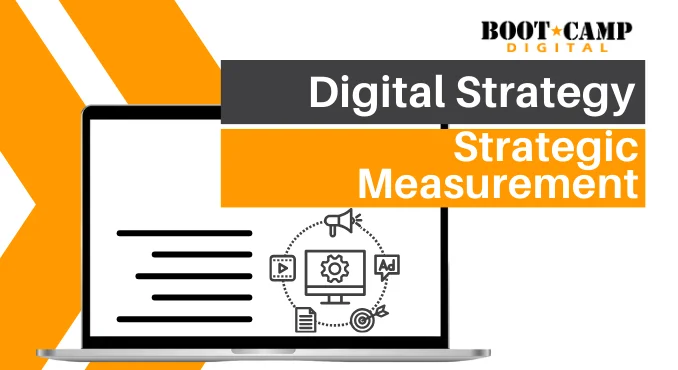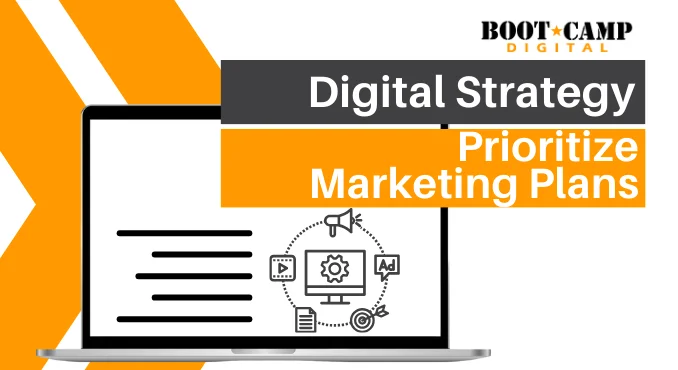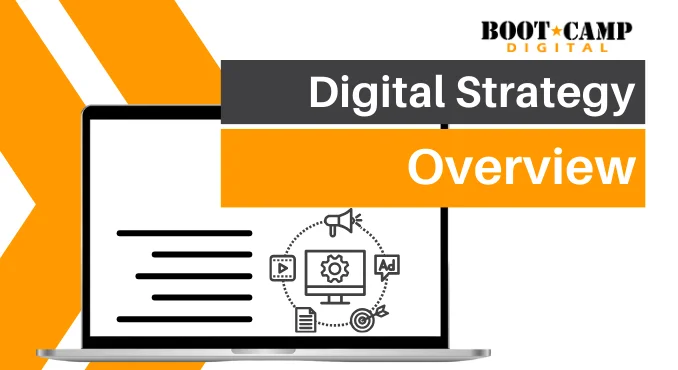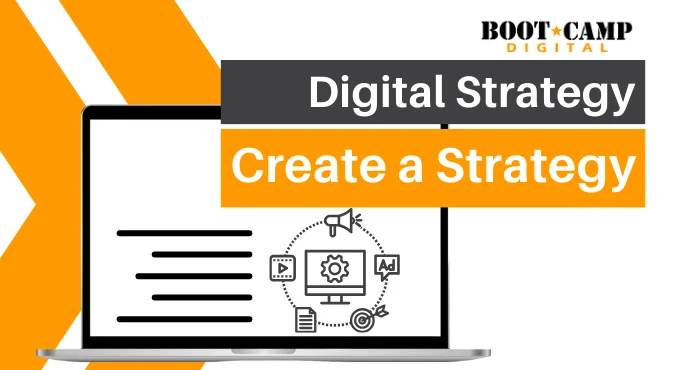There are 5 things that you can listen for in digital marketing: your brand or company, your competitors, your industry or category, best-in-class executors, and your target audience.
#1: Your Brand or Company
The first stage of listening is listening to and observing conversations about your brand and your company. What are people saying about your brand? What are the good and bad things being said? How do people feel about your company?
Listen to the conversations taking place on blogs, Twitter, Pinterest, discussion forums, websites, LinkedIn, Facebook, etc., to understand how you are perceived. This will help you understand where your opportunities lie. In addition, understanding what consumers are already saying about you will help you prepare responses for common questions or issues. It can help you anticipate areas that you should be prepared to address when you become active in social media.
#2: Your Competitors
Next, listen to what people are saying about your competitors and what your competitors are saying about themselves. What do people say about your competitors in the social space? What are the pros and cons? How might this impact your business? Are there opportunities for you?
In addition to listening to how people feel about your competitors, it’s helpful to identify the competitive social media landscape. What are your competitors doing on social media? Who are they targeting? What seems to work? What doesn’t work? What can you learn from them? How can you approach this better than they are?
Power Tip:
Look up your key competitors across all social channels and try to gain insights on their strategy as well as the results of their efforts. You can often learn about their marketing and business strategy from what they post online. Indicators such as likes and engagements can also give you perspective as to how their content is actually performing.
#3: Your Industry or Category
After observing your competition, take your listening up a notch to the industry. What are consumers, potential consumers, or people in your target audience saying about your industry? What is the sentiment? Does this create opportunities? What conversations do they have around the industry? What are the passion points and pain points?
Developing an understanding of the conversations taking place around your industry will help you understand your space more broadly.
When I started in digital marketing working for a photography start-up, I listened on photography websites and discussion forums and used this to create a content calendar. In a short time, we had one of the top-rated photography blogs because we built content that people really wanted.
#4: Best in Class Executors
It can also be helpful to benchmark and keep a list of businesses similar to yours that are executing exceptionally well. These often won’t be direct competitors, but maybe sites that execute strategies similar to yours.
For example, a small flower shop wanted to improve its e-commerce, so they looked at some small business e-commerce leaders and Shopify stores to solidify their execution. This gave them tons of new ideas like integrating reviews and ratings, how the cart should look, the images required to drive purchases, and even ideas about the types of photos they could include.
Power Tip:
Find and keep a list of competitors (or other businesses) who are doing well. For example, at Boot Camp Digital when we want to look at how to execute a subscription model we look at Netflix, Lynda.com, and Amazon. When we want to execute email excellence we have a few email campaigns we subscribe to that we can learn from.
#5: Your Target Audience
The final stage of listening is to listen to and really get to understand your target audience. Find a handful of people that represent the audience you want to reach. What lingo and tone do they use? How do they interact with each other? What are the words that they naturally use to describe their feelings around your brand, competitors, or industry? What else do they talk about? What is on their minds? What are the unwritten rules of participation? Who is getting attention? Who are the influencers? How do they talk and what are they interested in?
Understanding your audience more deeply will pay dividends on every aspect of your digital marketing execution.



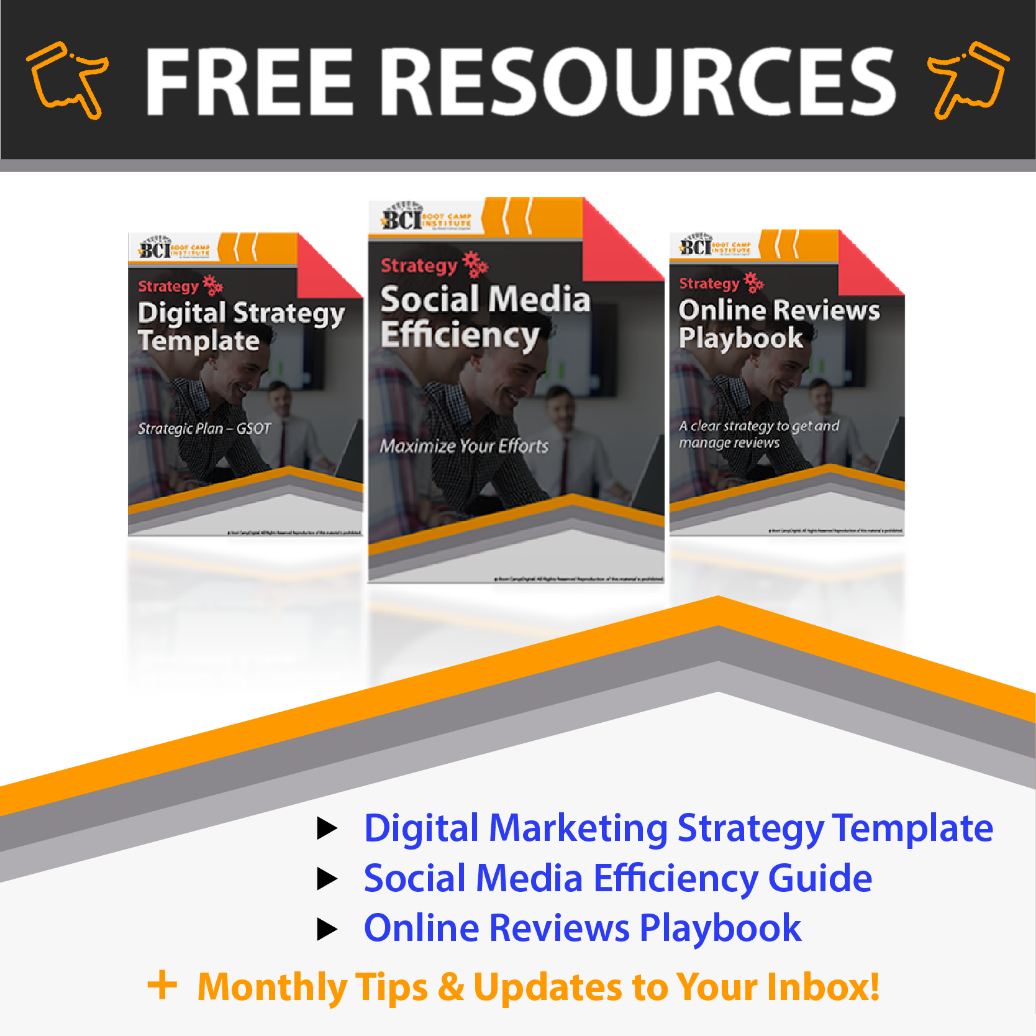

![The BEST Social Media Network Comparison Cheat Sheet [Infographic]](https://bootcampdigital.com/wp-content/uploads/2024/10/Get-Ahead-of-the-Curve-with-The-Social-Media-Platform-Cheat-Sheet--300x167.png)
![Best Practices for Every Social Network Cheat Sheet [Infographic]](https://bootcampdigital.com/wp-content/uploads/2024/10/DMTAW-Blog-Image-Template-2022-1-3-300x167.png)

